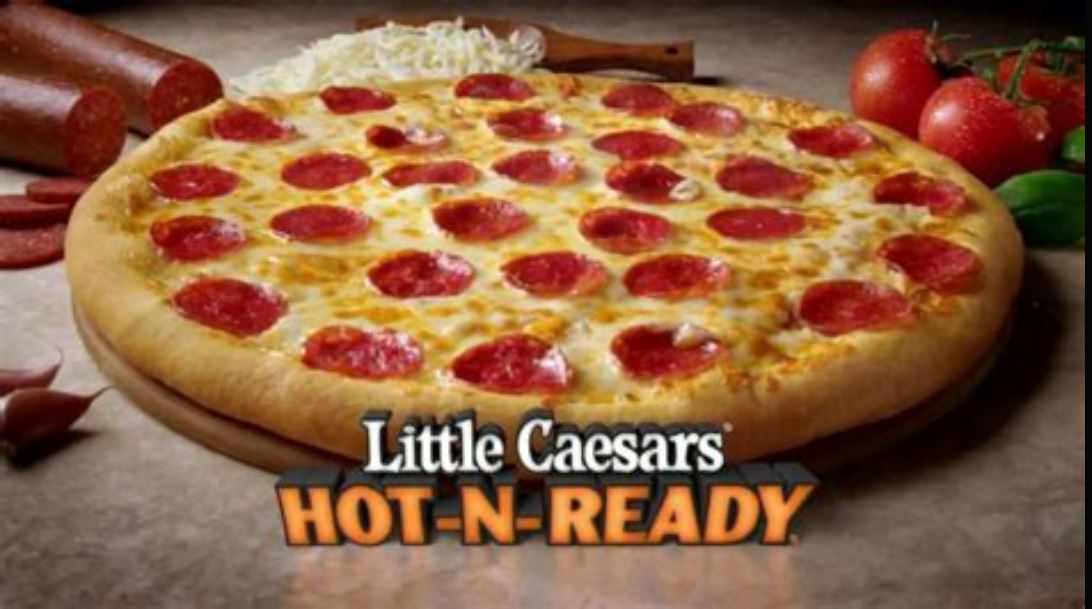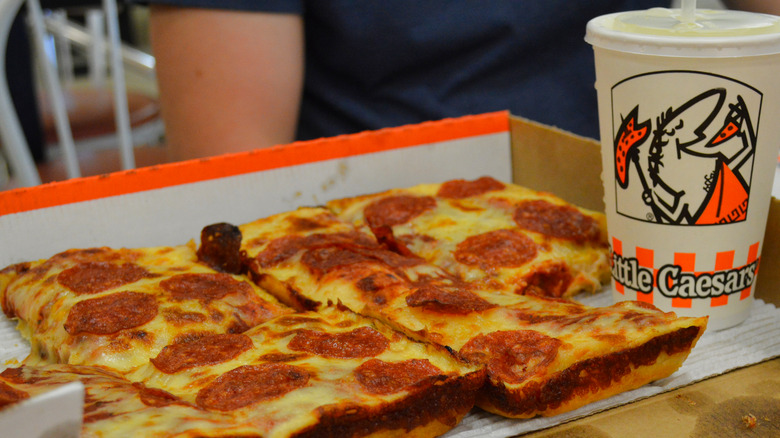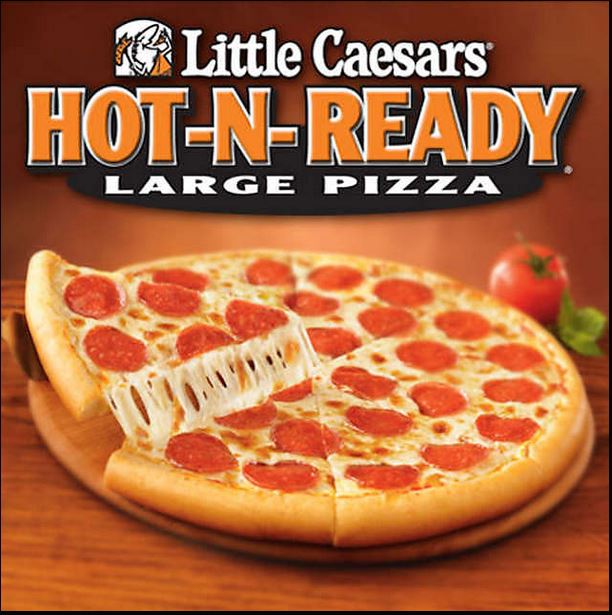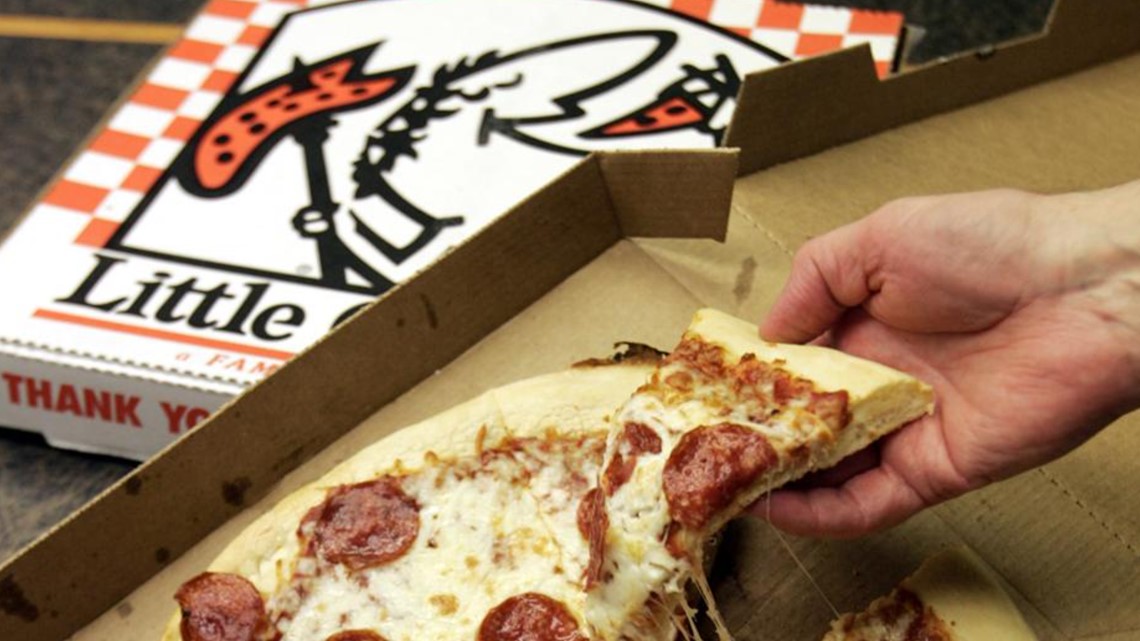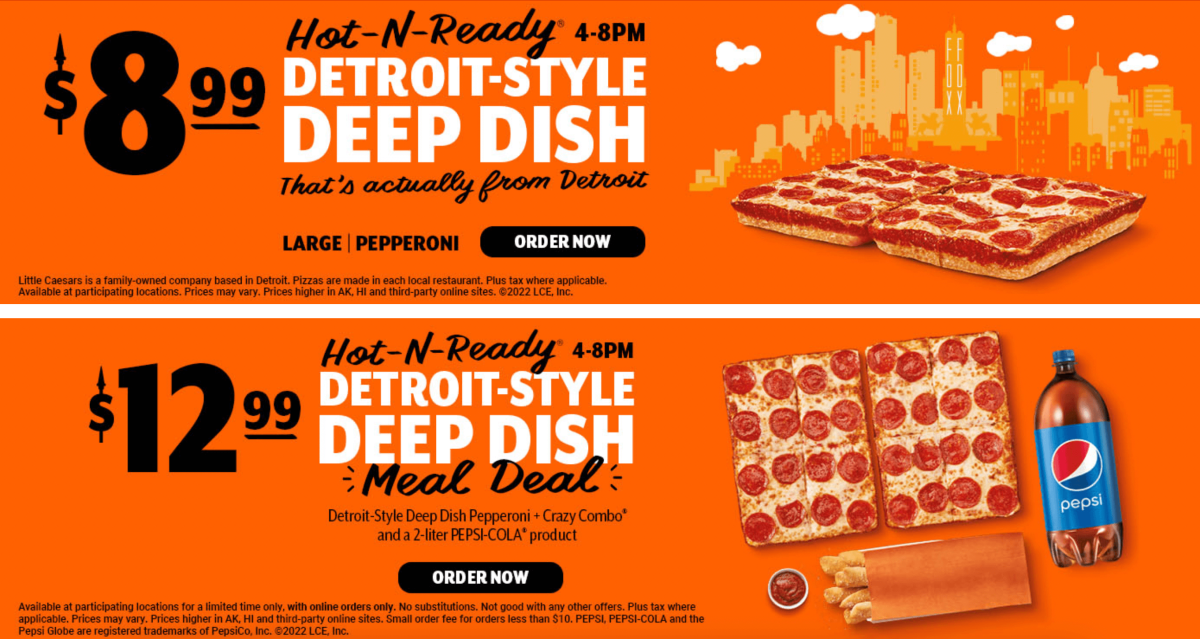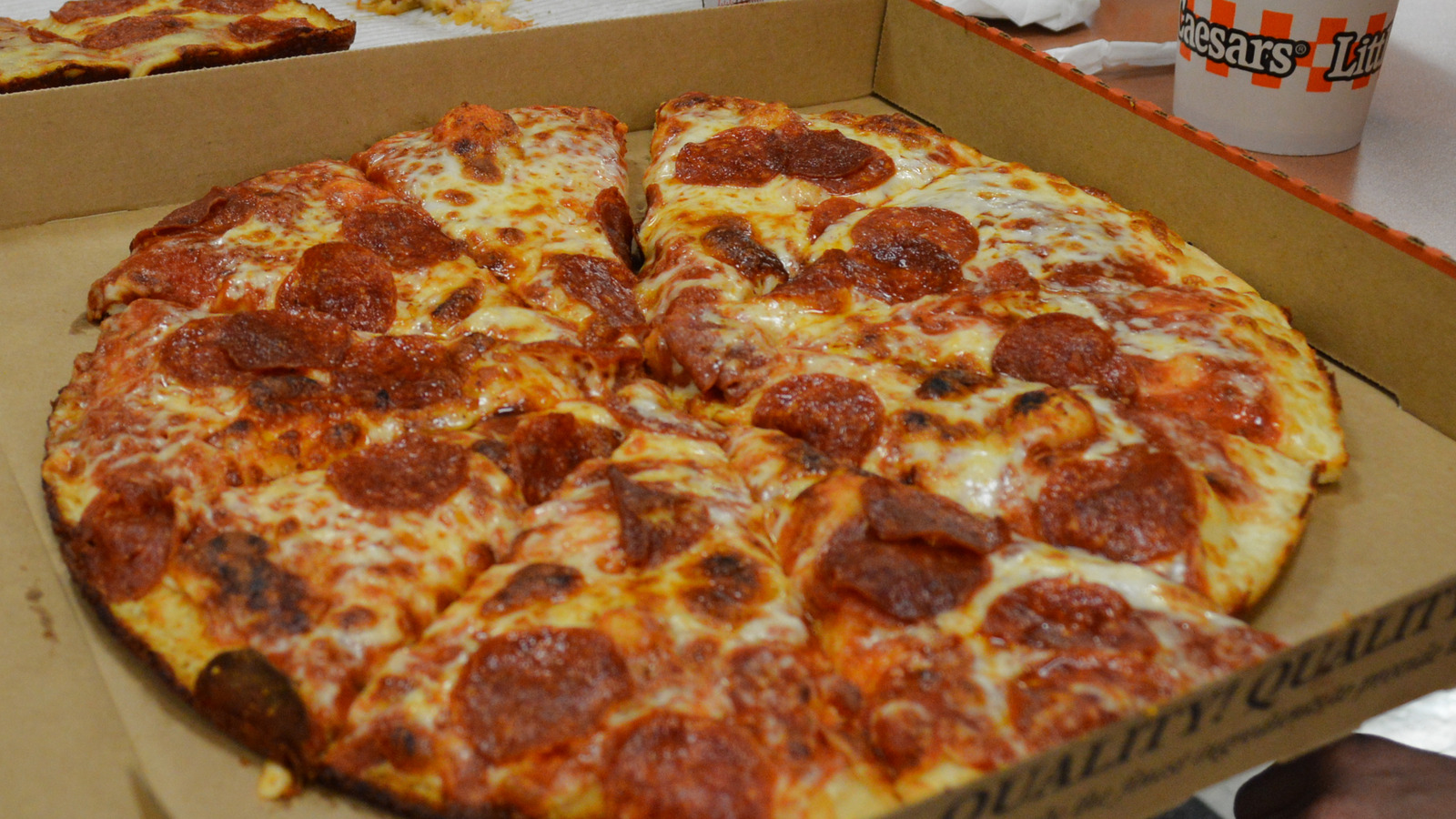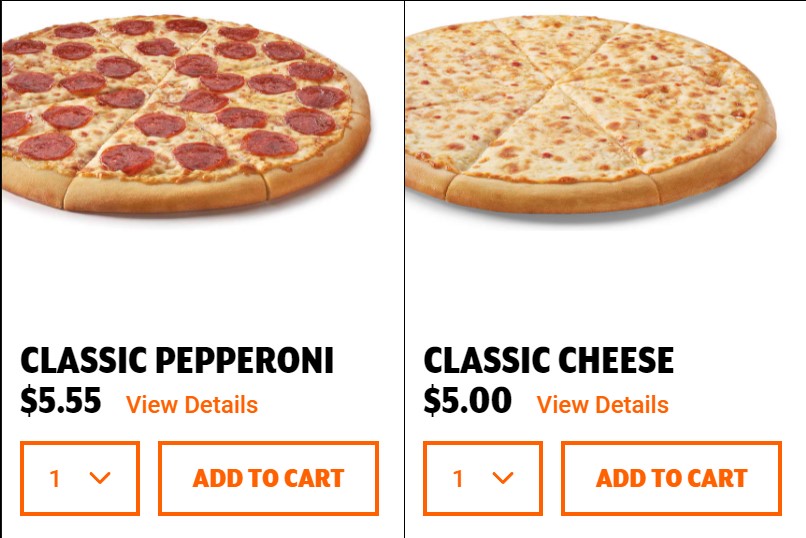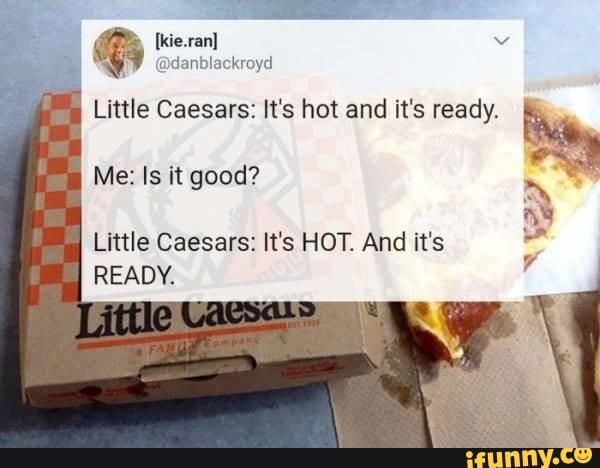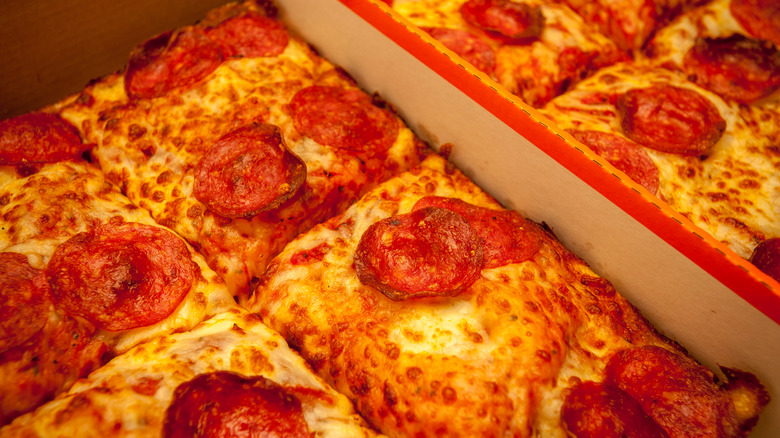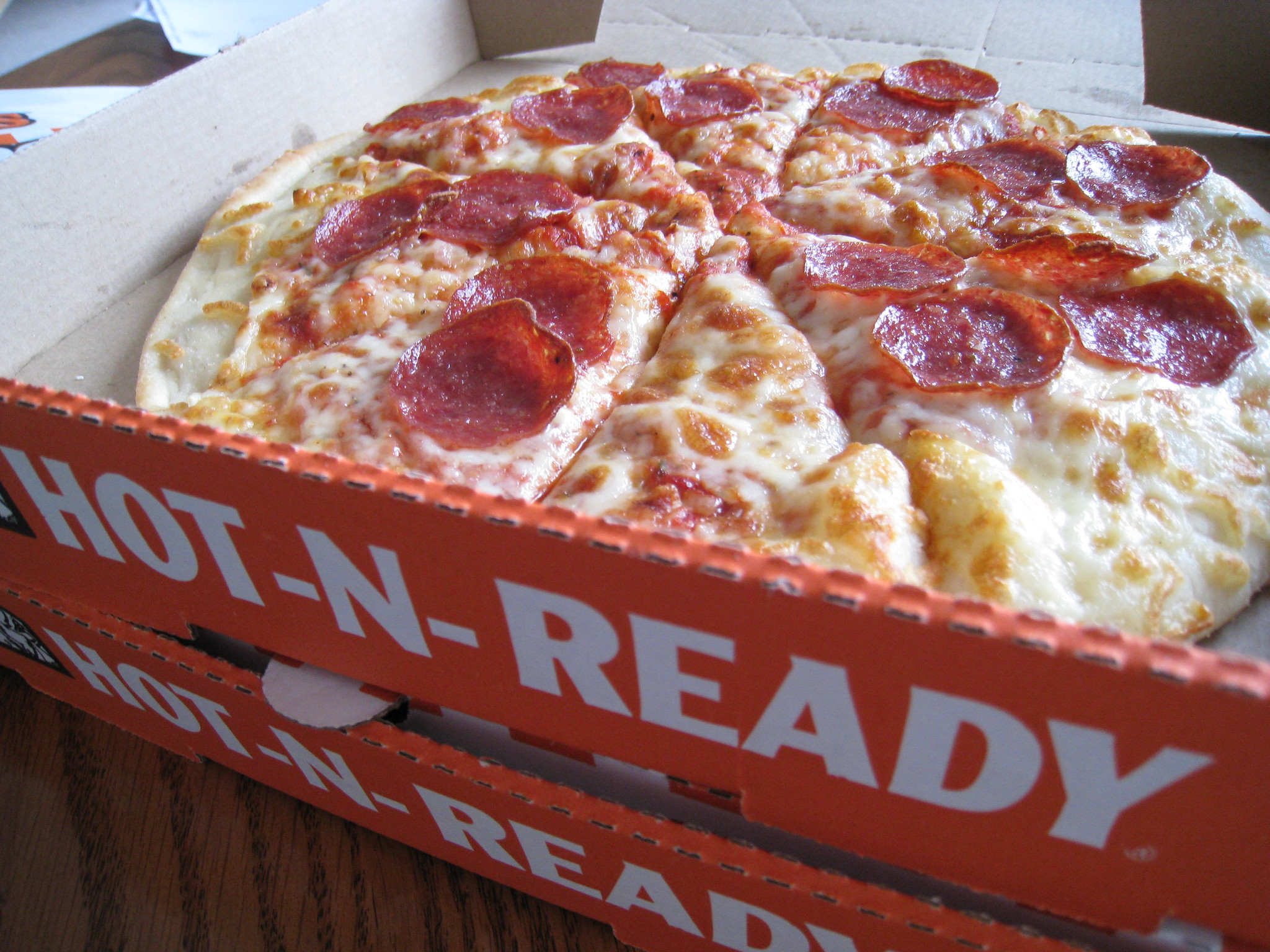How Much Is A Little Caesars Hot And Ready

In an era defined by soaring inflation and relentless cost-of-living pressures, even the humble pizza pie hasn't escaped unscathed. The price of Little Caesars’ iconic Hot-N-Ready pizza, a longtime symbol of affordability and convenience, has become a closely watched barometer of economic realities for budget-conscious consumers across America.
This isn't just about pizza. The price of this product reflects broader economic trends, affecting low-income households, students, and families striving to make every dollar count. Understanding the forces behind these price adjustments provides a crucial snapshot of the current economic landscape and its impact on everyday life.
The Nut Graf: A Slice of Economic Reality
The Hot-N-Ready, historically priced at $5 for decades, underwent a significant price increase in 2022, rising to $5.55. This marked the first major price hike in over 25 years, signaling a shift in Little Caesars’ pricing strategy in response to unprecedented inflationary pressures. The question now is: What's the current cost, and what factors are driving these changes?
The current price of a Hot-N-Ready pizza typically hovers around $6, though prices can vary depending on location and promotional offers. This increase, while seemingly small, has resonated deeply with consumers, sparking discussions about affordability and the changing economic climate. Understanding these price fluctuations requires a deeper dive into the costs that pizza chains like Little Caesars face.
The Anatomy of a Pizza Price: Input Costs and Inflation
Several key factors contribute to the final price of a Hot-N-Ready pizza. The most significant include the cost of ingredients (flour, cheese, tomato sauce, toppings), labor, energy (for baking and operating ovens), and transportation. When inflation strikes, each of these components becomes more expensive, forcing businesses to make difficult choices about pricing.
According to data from the United States Department of Agriculture (USDA), the price of cheese, a crucial pizza ingredient, experienced notable fluctuations in recent years due to supply chain disruptions and increased demand. Flour prices have similarly been impacted by global events, including weather patterns and geopolitical instability, leading to increased input costs for pizza chains. Labor costs, a significant portion of restaurant expenses, have also risen due to increased minimum wage laws and a competitive job market.
Little Caesars, like its competitors, has had to absorb these increased expenses or pass them on to consumers. The decision to raise the price of the Hot-N-Ready was likely a combination of absorbing some costs and passing on a portion to maintain profitability. Maintaining a consistent price point for the Hot-N-Ready for so long was a strategic decision that the company had to ultimately reevaluate, given the magnitude of recent economic changes.
Regional Variations and Competitive Pressures
The price of a Hot-N-Ready pizza isn't uniform across the United States. Prices can fluctuate based on local market conditions, including competition from other pizza chains and the cost of doing business in a specific area. Areas with higher minimum wages, for example, may see slightly higher prices on their Hot-N-Ready offerings.
Little Caesars operates in a highly competitive market, facing rivals like Pizza Hut, Domino's, and Papa John's, all vying for customers' attention and dollars. This competitive landscape can influence pricing decisions. If one chain increases its prices, others may follow suit, or they may choose to maintain lower prices to gain a competitive advantage.
Pizza Hut and Domino's, while not necessarily offering a direct equivalent to the Hot-N-Ready, offer various deals and promotions that compete for the same customer base. Consumers often compare these options when deciding where to spend their money, making pricing a crucial differentiator.
The Consumer Perspective: Affordability and Value
For many consumers, the Hot-N-Ready pizza represents an affordable and convenient meal option, particularly for families on a budget. Price increases, even small ones, can significantly impact purchasing decisions. A study by the National Restaurant Association found that price is a primary factor influencing consumers' choice of restaurant, especially among lower-income households.
The perceived value of the Hot-N-Ready is also a factor. Some consumers may be willing to pay a slightly higher price for the convenience and speed of a pre-made pizza. Others may switch to alternative options if they feel the price increase outweighs the convenience.
Consumer sentiment surrounding the Hot-N-Ready price increase has been mixed. Some understand the need for businesses to adapt to inflationary pressures, while others express frustration at the erosion of affordability. Social media platforms have become a forum for these discussions, highlighting the importance of pricing transparency and communication from Little Caesars.
Looking Ahead: What's Next for the Hot-N-Ready?
Predicting the future price of the Hot-N-Ready pizza is challenging, as it depends on various economic factors. If inflation continues to moderate and input costs stabilize, prices may remain relatively stable. However, further increases in ingredient, labor, or energy costs could lead to additional price adjustments.
Little Caesars may also explore alternative strategies to maintain affordability, such as offering promotions or adjusting portion sizes. The company could also focus on improving efficiency and reducing operational costs to offset inflationary pressures.
The price of the Hot-N-Ready will likely remain a key indicator of affordability in the fast-food industry. Its price point reflects the ongoing balancing act between economic realities and consumer expectations. The story of this iconic pizza is far from over. Its future price hinges on the broader economic narrative and the choices that Little Caesars makes in response to changing market conditions.
